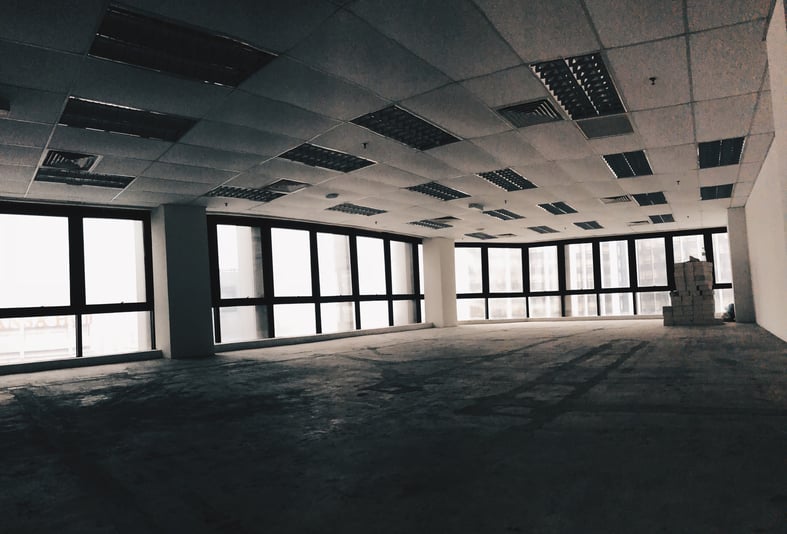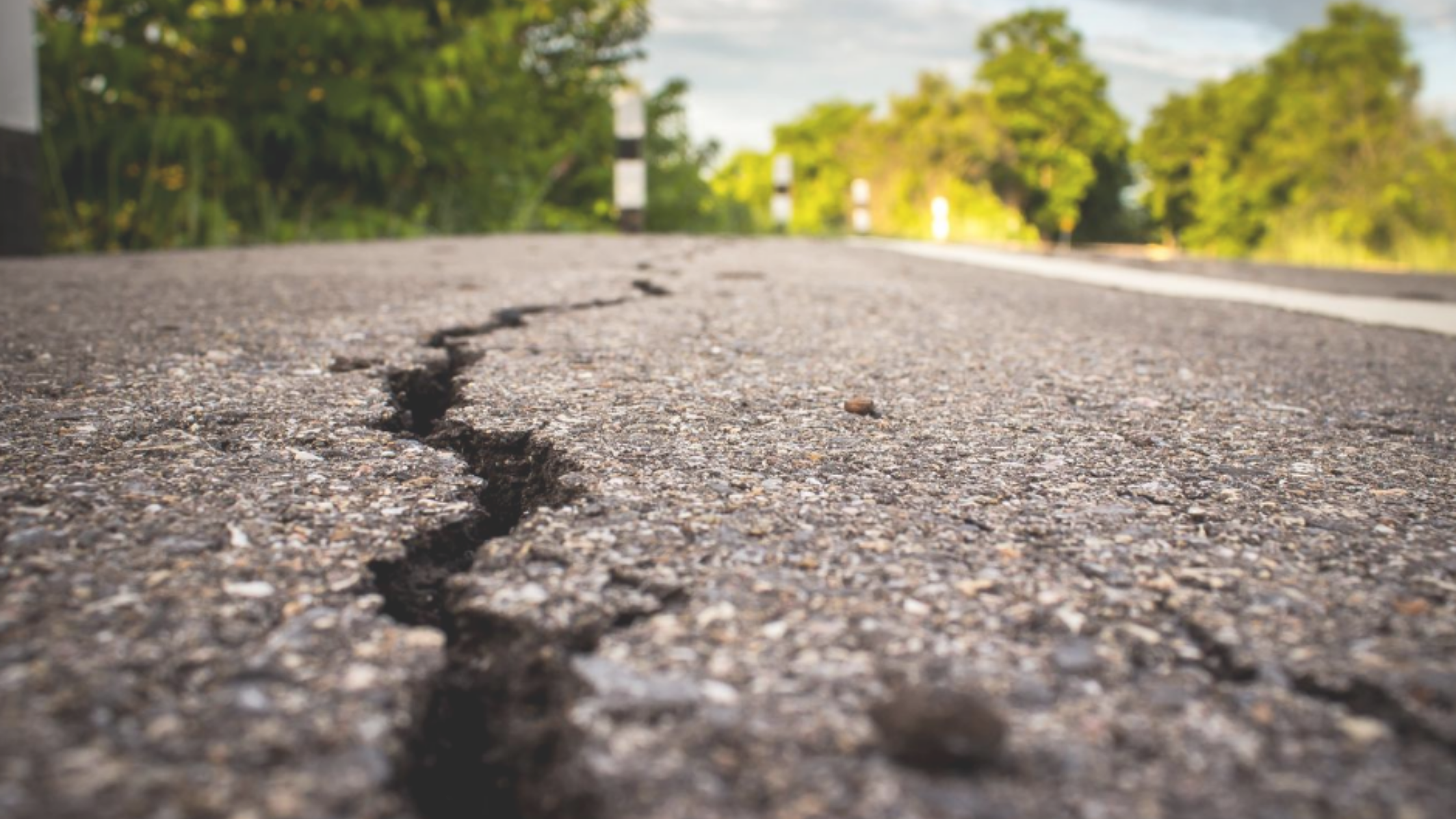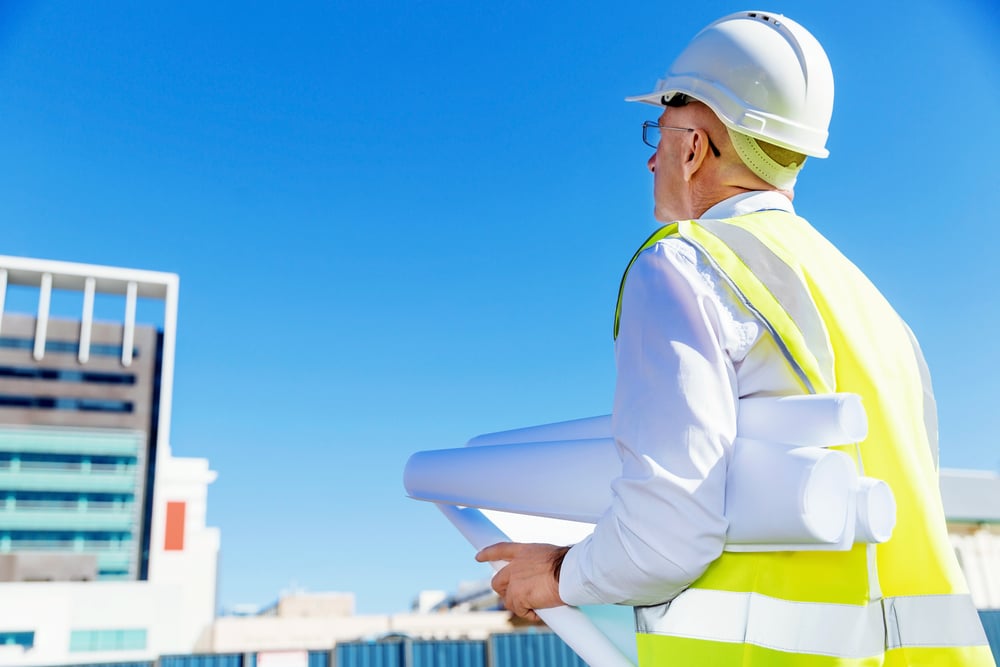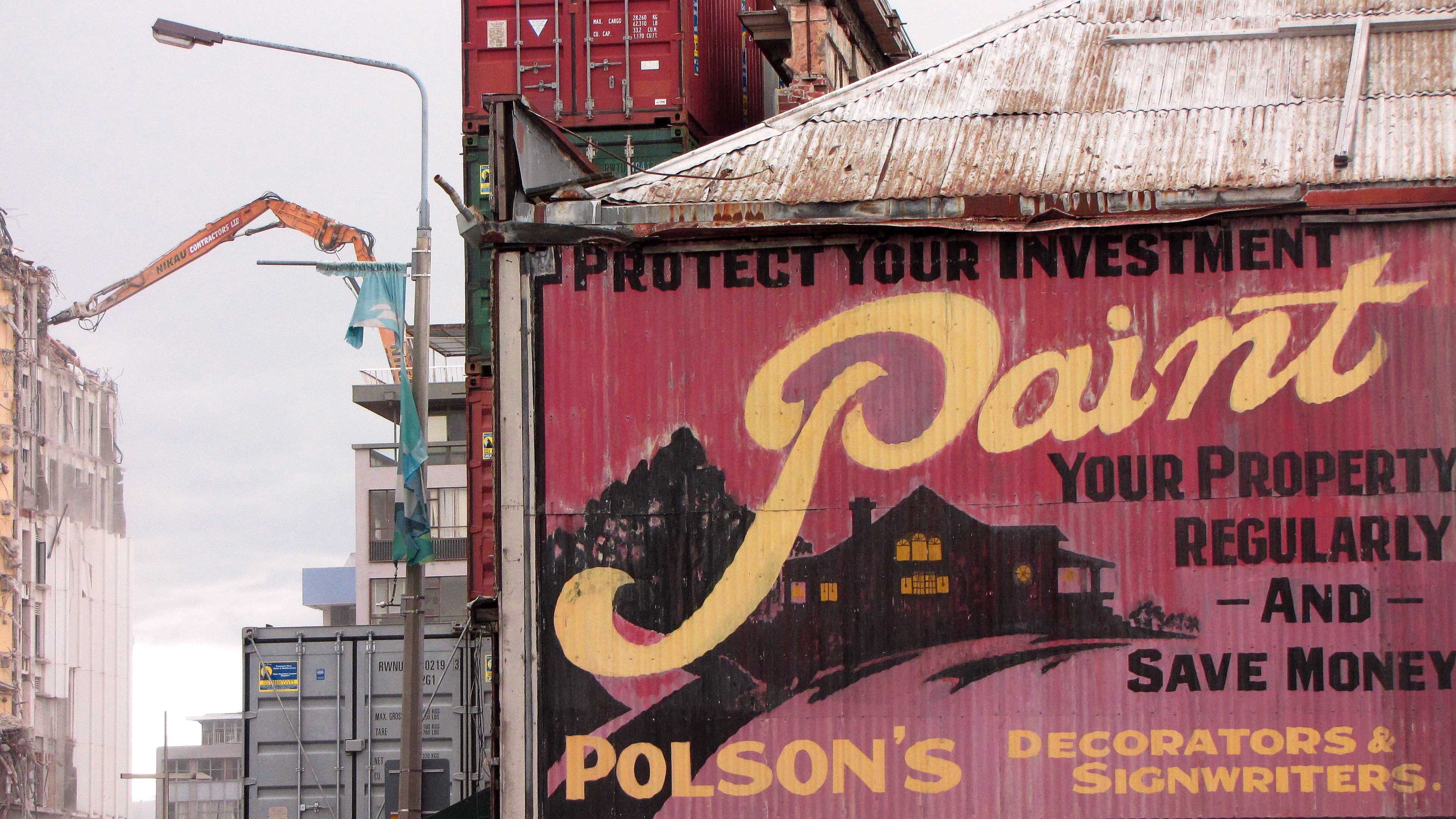
A guide to keeping your business going and your employees safe
When it comes to surviving earthquakes and keeping business running in their aftermath, you’d think that New Zealanders – and in particular, Cantabrians – would be better prepared, given what we’ve endured over the past 10 years. And yet, current research suggests that we’re not.
The rupture of the Alpine Fault is overdue. We know that we're on borrowed time when it comes to its unzipping. When it ruptures, it will be a magnitude 8 event or above, and it will cause widespread damage throughout the South Island. Many towns will be cut off completely, and for a significant length of time.
Even less dramatic seismic events can see buildings rendered unusable, and businesses put at threat.
So how well prepared is your business for an earthquake? How well protected are your employees? Can you keep running if your physical location is displaced?
It’s with that in mind that we’ve developed a new eBook: Protecting people and profit. It’s a guide to making smart business decisions before and after earthquakes.
The eBook covers three key areas:
- The actual threat – what’s happened in the past, and what we’re facing in the future
The impact of the Canterbury earthquakes, and how they affected business continuity, buildings and people. We’re on borrowed time when it comes to the Alpine Fault – how will it affect your business or building when it ruptures? - Developing an emergency response strategy – getting plans in place to make sure you’re as prepared as possible, based on Co-ordinated Incident Management System (CIMS) best practice
The CIMS will be familiar to organisations that have to operate in high risk areas, but its principles can apply to businesses of any size, for any level of emergency - not just earthquakes. The system is scalable depending on severity, and it's based on national and global best practice. This section looks at what business and building owners need to do, and how to make sure employees are protected. - Ensuring business continuity – developing a continuity plan, including a return to the building
Covering all contingencies, such as alternate locations, insurance and communications. How safe is the building to re-enter and work in?
The eBook also briefly outlines the Sentinel solution and how it can give you specific information about the state of your building immediately after an earthquake, facilitating decision-making around your building and your business, so that you can get back to work in a short a time frame as possible.
Earthquakes are here to stay. There's simply no getting around it. If the lessons of the past have taught us anything - especially the recent past - it's that earthquakes are unpredictable, meaning people and businesses need to be prepared at all times. About the only thing that IS certain is that they will happen again; and the way to deal with them is to be fully prepared. The better your planning, the greater chance you have to protect your buildings, your business and your employees.




SHARE